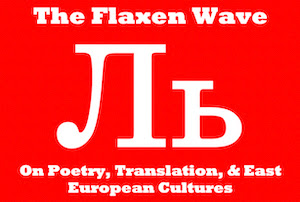Alexander Solzhenitsyn and his wife Natalya / Image courtesy of Novaya Gazeta
[This is my translation of the first part of an article that appeared in today’s edition of Novaya Gazeta. The second part, which I do not give here, included an interview with Natalya Solzhenitsyn, the author’s widow.]
From Novaya Gazeta (October 29, 2010)
In December 1973, in Paris, the first publication of Alexander Solzhenitsyn’s epic literary investigation burst onto the scene. His contemporaries wrote, “Maybe someday we will consider the appearance of Archipelago as marking the beginning of the fall of the communist system.” And, “This book could become the key book of a national rebirth, if the Kremlin manages to read it.”
The former came to pass. What about the latter? Actually, in September 2009 The Gulag Archipelago was incorporated into the federal education standard for Russian schools. And in January 2011 it will become part of the curriculum: the publisher “Prosveschenie” has put out a one-volume text, The Gulag Archipelago: Abridged Edition. This version is expressly for schools.
The one who spearheaded the introduction of Archipelago into the school curriculum was Prime Minister Vladimir Putin. In doing so, he has made the best investment in the battle against the falsification of Russian history.
But the prime minister's meeting with Natalya Solzhenitsyn in the summer of 2009; his words, “We must study and promote [propagandirovat'] your husband’s work”; her response, “Let’s just study it”; the decision to introduce Archipelago into the curriculum – all of this was described by practically the entire Russian press. And so was the initial reaction of the nation, the mournful howl of bloggers from the back row of the Russian Internet: “Wasn’t War and Peace enough?”
Maybe it wasn’t enough. Since 1905, when Dostoevsky and Tolstoy came into the curriculum, we have lived through quite a lot… And it can’t be explained through War and Peace.


